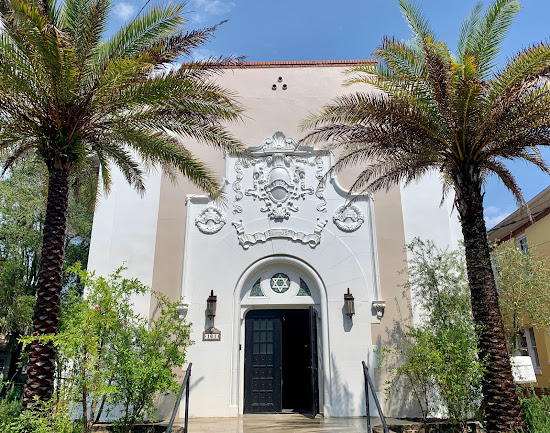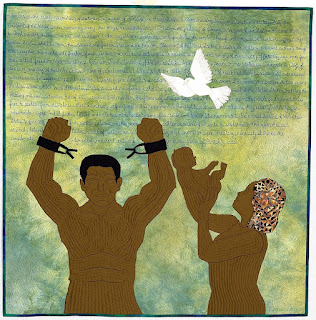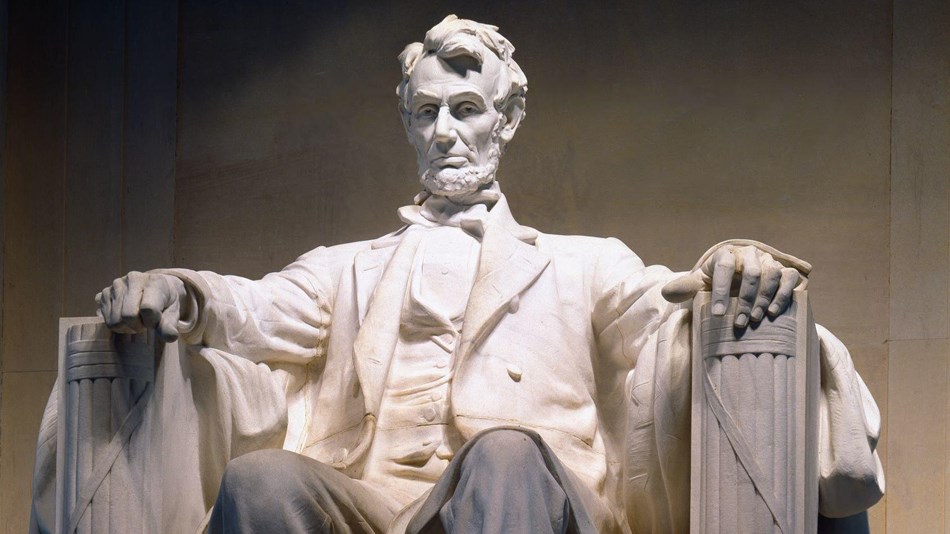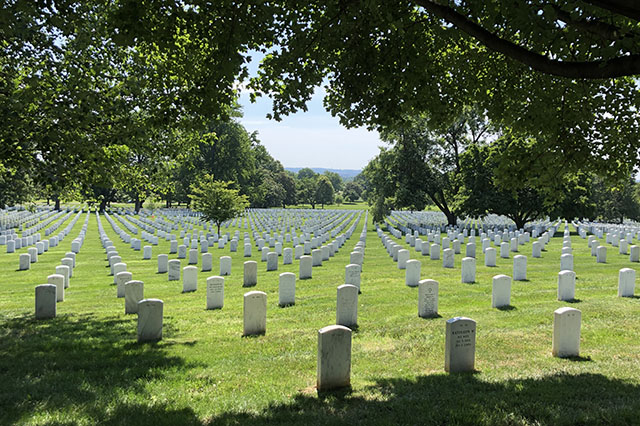Tolomato Cemetery
Saint Augustine, Florida
February 24, 2022
The Tolomato Cemetery was an active cemetery from the 18th century until 1884. This space is the last resting place of some 1,000 St. Augustinians and other important people in the history of Florida and the United States. Burials include those of people from Spain, Cuba, Ireland, Minorca, Italy, Greece, Africa, Haiti, France, and the American South and Northeast, as well as the graves of soldiers from both sides of the Civil War. In less than one acre it is a distillation of Saint Augustine's history, starting with the First Spanish Period when Tolomato was a Franciscan mission, and going through its use as a cemetery during the British Period and the Second Spanish Period and then on through Florida's Territorial and early Statehood periods. The Cemetery holds many legends and tales, while also revealing stories of real people.
Artifact 1
Pictured above is the oldest marked grave in the state of Florida. Elizabeth Forester was buried in 1798 in Saint Augustine. Days after being buried, grave robbers broke in and stole the clothing off of her body. Robbers at the time often stole clothing off of dead bodies because the clothing was valuable at the time, especially Ms. Foresters who came from a wealthy family. Later on, it was found that it was two soldiers from the Castillo who stole the clothing. This prompted guards and fences to be placed at cemeteries. The exterior of the gravestone displays style and wealth. The above-ground aspect was popular with Spanish-style gravestones, and the marble material represents wealth at the time.
Artifact 2
Pictured above is a statue head of Venerable Fr. Felix Varela who was a priest, philosopher, and patriot. Father Felix Varela was born in Cuba and reared in St. Augustine, Florida. He was ordained in Cuba but worked among the Irish immigrants in NYC for nearly 30 years, returning to St. Augustine where he died in 1853. Throughout his life, he worked for Cuban independence and the thankful Cuban people built him a mortuary chapel where this headstone resides.
Exterior 1
In Conversation Image 1
Above is the Lincoln Memorial located in Washington, DC. The memorial was built to honor the 16th president of the United States, Abraham Lincoln. The statue symbolizes Lincoln's belief in the freedom and dignity of the people, as he saved the Union while also preserving America's high ideals. This memorial is similar to the memorial in the Tolomato Cemetary that recognizes Father Felix Varela and his achievements. Both monuments have the similar objective of preserving history and recognizing those who were prominent in shaping the world today. Statues, monuments, and gravestones both have the purpose of preserving something, making them important and connected through their similar meaning.
In Conversation Image 2
The Arlington National Cemetery is a Military Cemetary in Arlington, Virginia. The cemetery was built with the purpose of recognizing those who have fought for America's freedom, risking their lives in the process. Similarly, the Tolomato Cemetary has a section dedicated to soldiers who were important to Saint Augustine's history. These soldiers were stationed at the Castillo de San Marcos and have a legacy in the city through their service and how they shaped history. These places are important for preserving the people's legacies and telling a story about history through those that lived within the place.
In Conversation Passage ENG 202
"Helen: It was then I saw a light, like a tunnel. I felt outside my body. I was looking at myself thinking, I'm gonna die. And then the doctor was screaming at your dad to get out of the room. I remember that white light." (Lukao)
This excerpt from Lukao reminds me of the Tolomato Cemetery because of the present theme of death. The cemetery exists to remember those who have passed, and Helen in Lukao is describing her experience of childbirth and what she expects death to be like. She explains that she sees a white light and that she will always remember this moment because it had an impact on her. It is also interesting to note the contrast between childbirth and death, as she thinks she is going to die as she is bringing a life into the world. This connects to the theme of preserving those who were lost in the Tolomato Cemetery. In a different way, the cemetery houses stones to commemorate the lives of soldiers, mothers, political figures, and children. On the other hand, Helen is describing death in the form of bringing a new life into the world.
Creative Component
(Below is a eulogy I wrote for my own funeral. Although somber of a topic, I thought that a eulogy would be an important component to add given that the Tolomato Cemetery has the purpose of commemorating those who have passed. I have never written a eulogy before, but researched the writing of one and added components about myself that I would wish to be remembered.)
"Spread love everywhere you go." -Mother Theresa
This is a quote that Madison lived by, as she always took her kind and loving soul everywhere she went. She spread love to those around her and helped to lift people up in times of despair and hardship. Madison had a bubbly and lighthearted personality that would always light up the room. Her kind heart always saw the good in people and she wanted the best for those around her.
Madison was a hard worker, determined, and a little bit of a perfectionist. Throughout school, work, and her life in general, she always strived to do her best work and make the things she did meaningful and impactful to the community.
Madison also had a passion for adventure, and traveling, and loved to learn about and immerse herself in different cultures. She found interest in learning about how different upbringings and backgrounds shaped people, and how learning about these different cultures could shape her own person and allow her to grow. When going about her daily life, Madison always looked at how her experiences, interactions, successes, and failures allowed her to grow into a more well-rounded, mindful, and educated person.
One of the many fond memories I had with Madison displays her loving and giving personality. When she was about six years old, walking through New York City with her family, she encountered a homeless man sitting on a bench in Central Park. He was wearing tattered clothing, smoking a cigarette, and holding up a sign reading, "Anything helps". Six-year-old Madison looked at this man and immediately wanted to help him, realizing that he was less fortunate than her. Being six and having no source of income to help the man out, Madison pulled out of her bag the one thing she did have: a swirly lollipop that she had picked out at the candy store. She approached the man with an innocent smile and handed him her one New York City souvenir. This story displays the kind and loving person that Madison has always been.
We grieve for the loss of Madison and are sending her love and holding her in our prayers. Madison's warm spirit and positive attitude were some of the many reasons we love her dearly. Madison would want us to live our lives to the fullest, and not halt them due to this loss. That is how Madison was. She cared more about others than she did herself. Madison would want us to look at this experience as a way that strengthens us and brings us together, as we mourn this loss together. So please, be there for each other during this time of sorrow and remember Madison for her tender, passionate, and gracious heart.










































